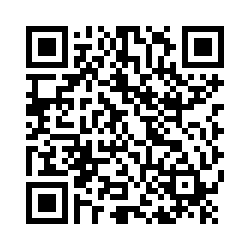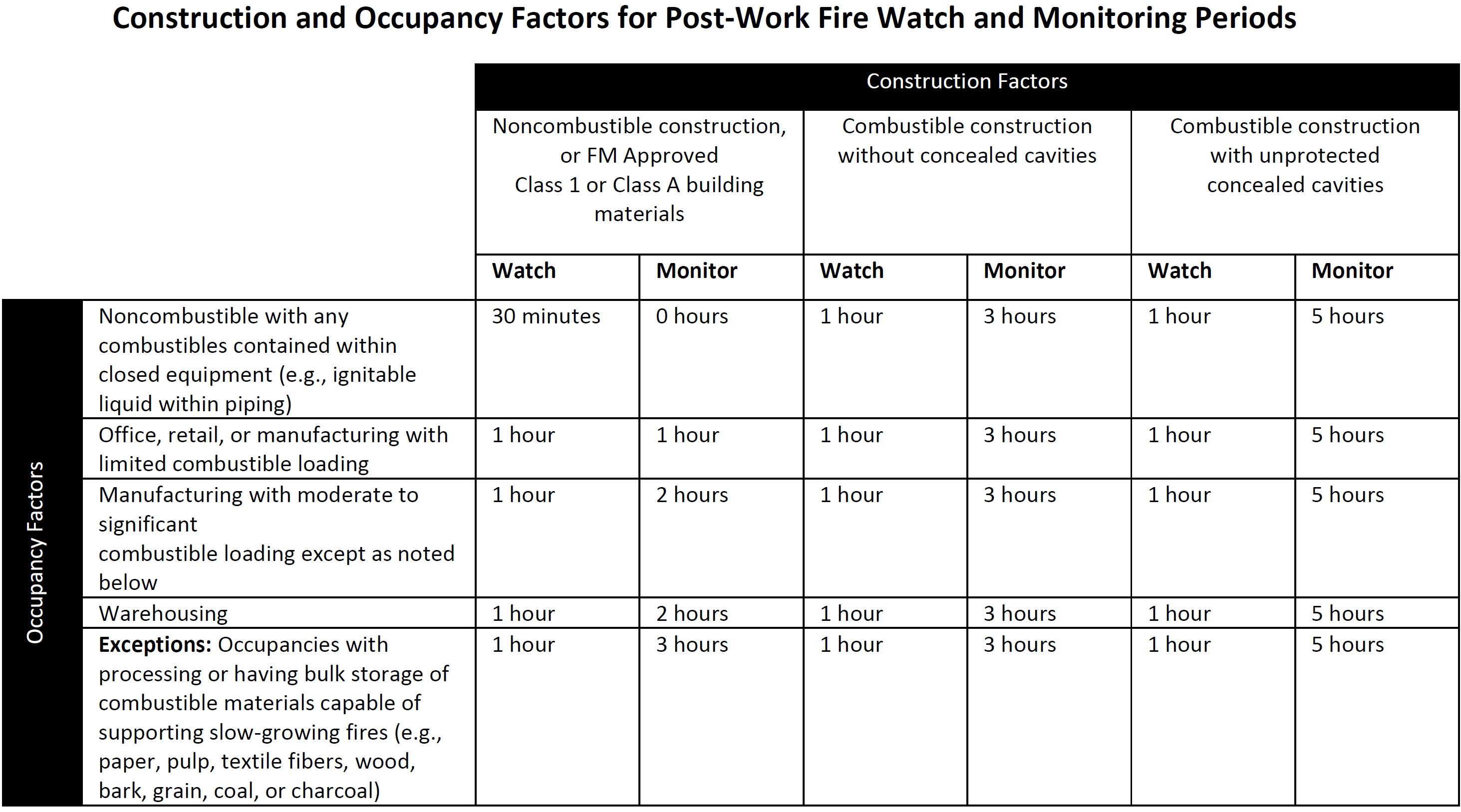Hot Work Permits
https://kstate.qualtrics.com/jfe/form/SV_9RHRRaVIYRU766y

Stop! Avoid hot work when possible. Consider using an alternative cold work method.
Notes:
1) A hot work permit is required for any temporary operation that has the potential to produce heat, spark, and flames and is conducted outside of a hot work designated area. This includes but is not limited to brazing, cutting, grinding, soldering, torch-applied roofing and welding.
2) The hot work permit is only valid for the authorized permit holder
3) Valid only for the specific day(s) approved
4) A separate hot work permit must be requested and approved for each authorized permit holder and each type of specific hot work
5) Fire watch is required during and after hot work (see table below for guidelines)
Required Precautions
- The fire pump is in operation and switched to automatic
- Control valves to water supply for sprinkler system are open.
- Fire extinguishers are in service/operable.
- Hot work equipment is in good working condition.
Requirements within 35 ft. (10 m) of hot work
- Shield combustible construction using approved welding pads, blankets and curtains.
- Remove or shield non-removable combustibles using approved welding pads, blankets and curtains.
- Isolate or remove potential sources of flammable gas, ignitable liquid or combustible dust/lint (i.e. shut down equipment).
- Shut down ventilation and conveying systems.
- Remove combustibles and consider a second fire watch on opposite side of floor, wall, ceiling or roof when openings exist or thermally conductive materials pass through.
- Is work on a combustible building assembly (i.e. torch-applied roofing)? If yes, provide ADDITIONAL REQUIRED PRECAUTIONS below
Hot work on/in closed equipment, ductwork or piping
- Isolate equipment from service
- Remove ignitable liquid and purge flammable gas/vapor
- Prior to work, and/or during work, monitor for flammable gas/vapor. LEL reading(s):
- Remove combustible dust/lint or other combustible materials.
- Is work on/in equipment with non-removable combustible linings or parts? If yes, provide ADDITIONAL REQUIRED PRECAUTIONS below
